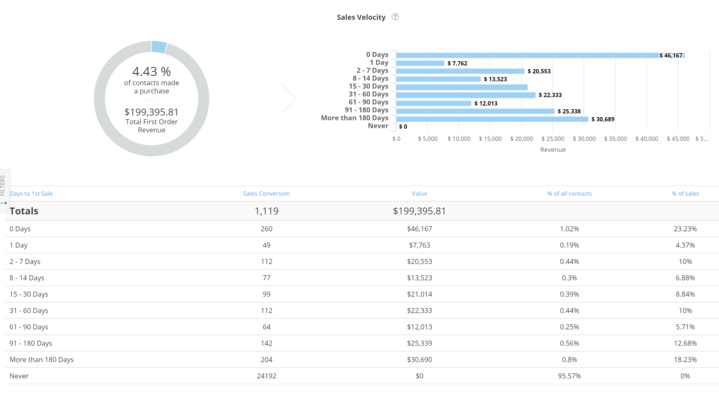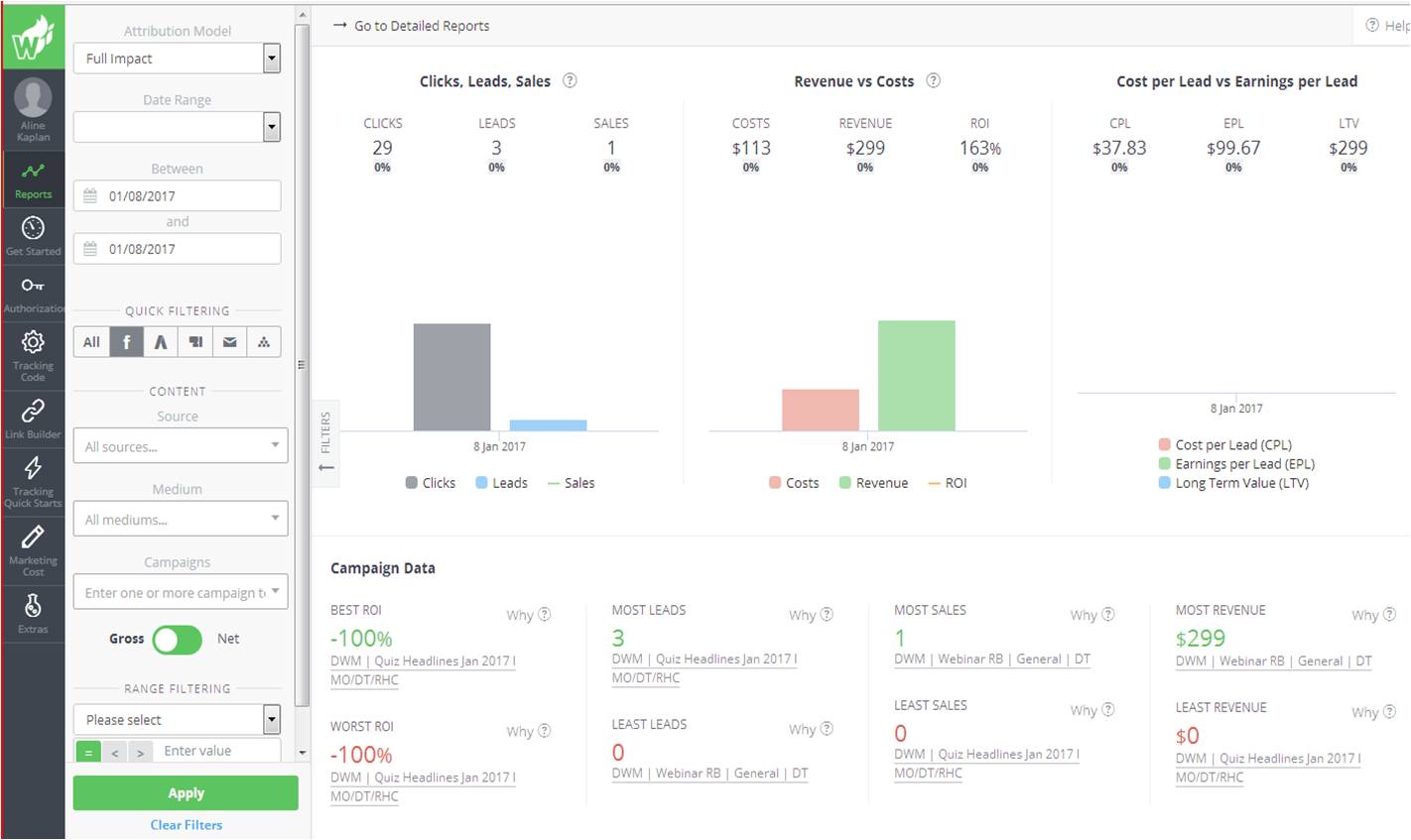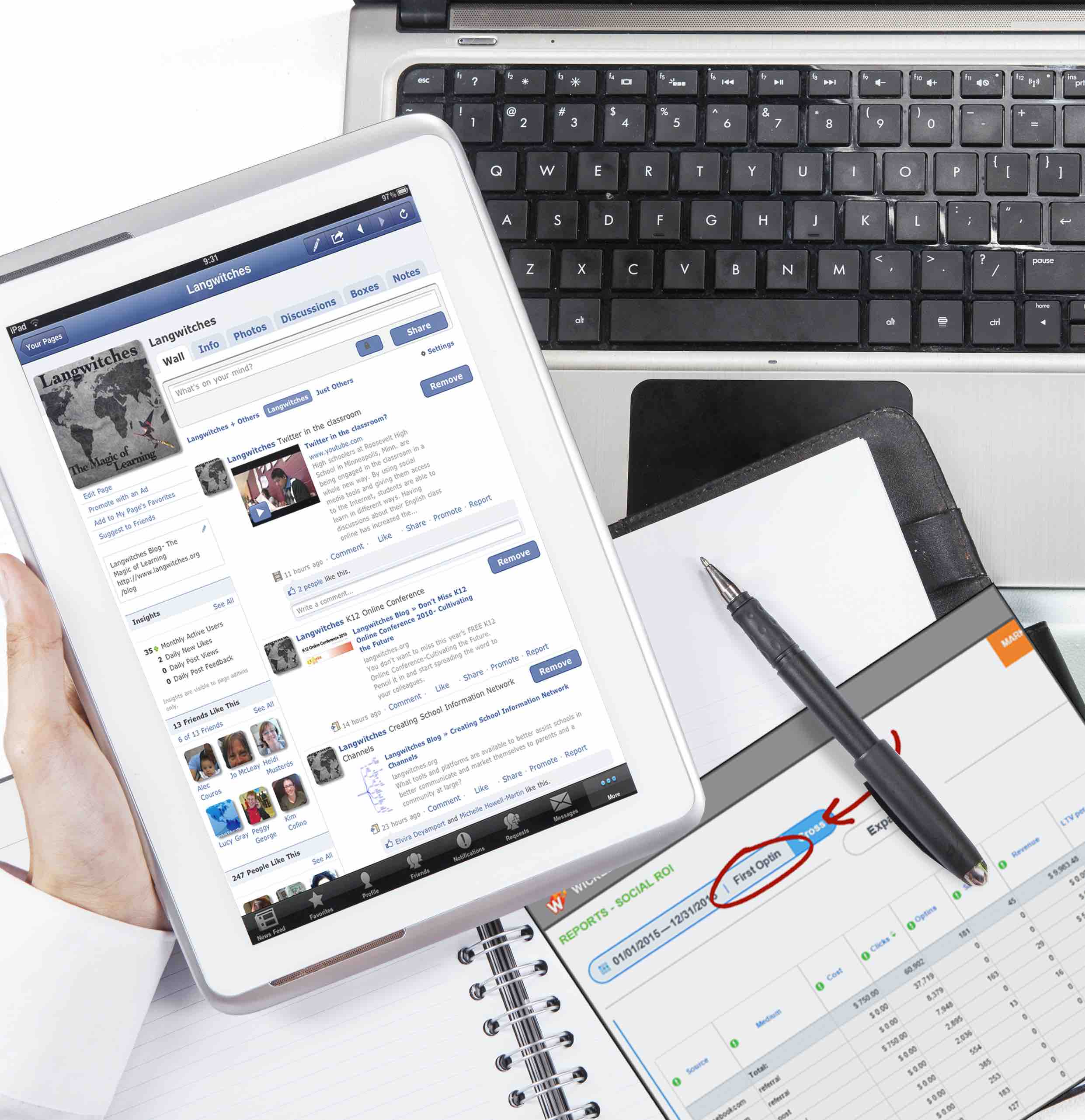Every marketing manager wants to get the most from the money he or she spends on programs. Busy marketers sometimes have trouble, however, keeping up with the latest tech changes and creative ideas. Here are five things you can do to improve Facebook ad performance and get the best results from your investment.
Tip #1 -- Track ad performance over time
Most prospects don’t convert on the first day with the first ad. (You wish, right?) They go from clickers to prospects to customers when they are ready.
It can take days, weeks or even MONTHS to go from the original click—that first optin--to when prospects actually buy. So you need to know which ad finally triggered the sale.

Follow the entire customer journey over time and you’ll know which ads brought in revenue and which ones fell flat. Then you can make smart decisions about targeting, content, creative visuals, and messaging that will improve your Facebook ad performance.
Tip #2 -- Know how long it takes your customers to respond
If your prospects typically take a month to respond but you’re measuring performance every week, you can make some costly mistakes.
Expecting results in the wrong time frame might lead you to cancel a campaign that’s actually working but won't show results for a while.
Tracking the sales velocity—how long it takes a prospect to purchase—will help you make good decisions, especially when you focus on your best customers. Here’s how Wicked Reports shows you sales velocity clearly and easily.

Tip #3 -- Customize ads for the target audience
 People respond best to companies that understand the needs of their job and their industry.
People respond best to companies that understand the needs of their job and their industry.
The more you demonstrate that you know what they struggle with the more they will (1) listen to you, (2) check out your product and (3) trust that it will work for them.
I once heard Frank Abagnale Jr., the impostor played by Leonardo DiCaprio in “Catch Me If You Can,” talk about how he got away with impersonating an airline pilot. He learned the industry terminology: equipment not airplane, right seat not co-pilot, deadheading not free ride.
That—and a uniform—got him through the door and onto the plane.
Do some research and use industry terms in your ad copy. Engage prospects with visuals that speak to their needs and problems. Repeat for each of your target audiences. That will open doors for you, too.
Tip #4 --Measure ROI, not clicks
You may feel good when your ads get a lot of clicks but unless those clicks convert to revenue, the ads are not really working for you.
What matters for improving Facebook ad performance—and what you need to measure—is revenue per ad.
This metric tells you whether the prospect bought anything after clicking on a link in the ad. It’s like following a shopper who looks in the store window, then enters, finds the display item and buys it.
When you know which ads brought in money—and which ones just got looked at—you can make some tough decisions about what stays and what goes. Follow the money and you will make more of it by investing more in the successful ads
The ROI Report shows you everything you need to know about the ROI of all your marketing programs, including Facebook ads.

Tip #5 -- Kill the ads that aren't working
While you focus on the successful ads, don’t forget to do something equally important: kill the duds that don’t deliver. This will help you in a number of ways:

- It saves you months of time reworking creative to improve the click-through rates.
- It stops you from obsessing over click-through rates.
- It gives you actionable information you can report to your manager or the client.
- Most importantly it saves money wasted on ads that don’t sell.
What could be simpler?
Are You Skeptical?
Now if you have a lot of questions these ideas for improving Facebook ad performance.
Or you’re thinking that you don’t know how to do a few of these things, don’t worry. Wicked Reports will do them for you.
Use our ROI Report and Sales Velocity Report to track the customer journey, measure program ROI and see how long it takes customers to respond.
Once you have the information, you can make the marketing decisions—tough or easy—and then measure how well they worked. Use those metrics to make more decisions . . . and on over time.
Your Facebook ad performance will just get better and better.
If you’re still skeptical just watch our video demo for more information. And keep an eye on this space. I have more tips ready to go in the blog pipeline.






